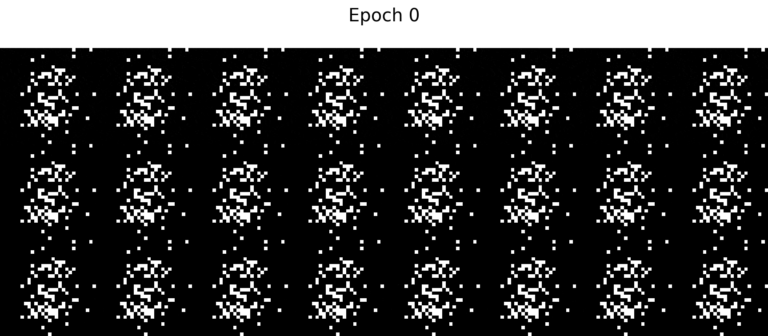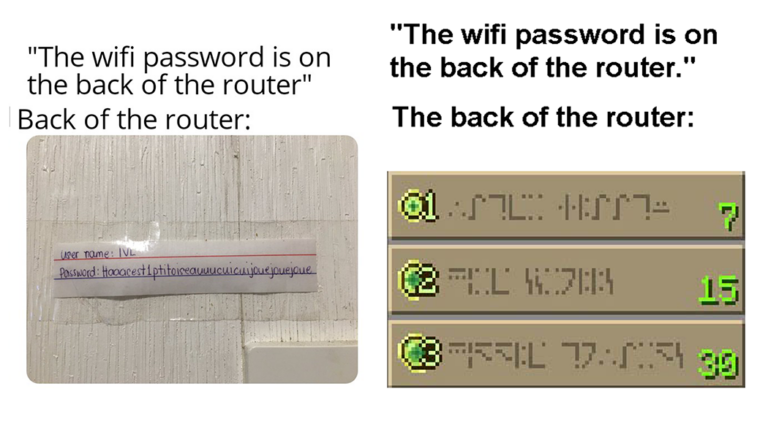As we in the “Asset” write user documentation. Why is it important

What does the user want to see in the user documentation? What annoys him in her? These questions are asked by everyone who writes such documentation, but not everyone answers them correctly. A very small percentage of users read the documentation. Let’s see why and how to make user documentation effective and change user attitudes towards it.
Negative experience bothers us
Almost everyone faced such a situation: you need to quickly master some kind of IT system, it is very complex, and important data is stored in it. The trial and error method is not suitable here. Surely at such a moment you remembered the user manual, opened it and began to carefully study. After 10 minutes of reading, you are even more confused, closed the manual and began to master the system, using the “whatever happens” method. And it’s good if at the same time you didn’t delete something very important and didn’t get a result that you will regret, but everything happens.
Yes, after some time you still mastered the system and deftly juggle it with procedures, but what did it cost you? You have spent time, nerves and maybe not only your own. What would solve your problem at an early stage?
There is only one answer – good user documentation.
The documentation can do anything
User documentation not only helps to quickly understand the IT system, it forms a positive user experience and thereby strengthens the reputation of the product and the company as a whole. But do not forget about the opposite situation: poor user documentation will prevent the user from understanding the IT system, form a negative experience and destroy the reputation of the product and the company. I believe that this idea is clear to everyone and there is nothing to explain.
Let’s pretend that you already have documentation. You see that users are viewing it. Along with this, the number of calls to technical support does not decrease, and users most often ask about what has long been described in the documentation. Why is that? There can be many reasons, I will analyze only those that are associated with user documentation.
This will be a series of articles in which I will tell you about the main mistakes in the technical documentation, we will calculate how much they cost the company. I will explain the user’s behavior, indicate what difficulties and emotions he encounters when reading a bad document. I will show you how to fix errors with minimal cost. My articles are for everyone who writes documentation and wants to do it more consciously, taking care of the user. If at least you disagree with me, write your thoughts in the comments. Together we can make this article as useful as possible.
The documentation process in each company is structured in its own way. Somewhere there is a department for technical writers, a department for editors, a department for localization of technical documentation, and somewhere, all technical documentation is written by one technical writer. But do not forget that writing documentation is always teamwork.
In this article I will tell you about how much user documentation costs in our company and what stages the documentation process consists of. Let’s go!
How much is user documentation
Documentation costs money, let’s figure out which ones. If the company has a technical writer, then the cost of documentation is not measured only by its salary. I’ll tell you why this is so.
Consider the example of an instruction that can be written in 20 hours. A technical writer during this time will write a 25-page document, which will contain about 40 screenshots.
The whole process of producing instructions in our company consists of the following steps:
1. Task delivery. It is created and described by the project manager, project manager or department head. It takes time, it’s not enough just to write “Describe the procedure”. Details are required here. For example, here we count 1 hour of working time of the project manager. At the stage of setting the task, the project manager appoints a consultant and designates a circle of company employees who can help and explain some important features of the system. It turns out that the goal of this stage is to formulate a task and appoint a consultant

2. Display system. Most often, a system analyst is involved here, he demonstrates the system to a technical writer and tells what and how it works. Add 2 hours of analyst work + 2 hours of technical writer. Here the analyst talks, and the technical writer listens and asks questions. If the system is complex, there may be several such meetings. The goal of this step is to explain to the technical writer how the system works.
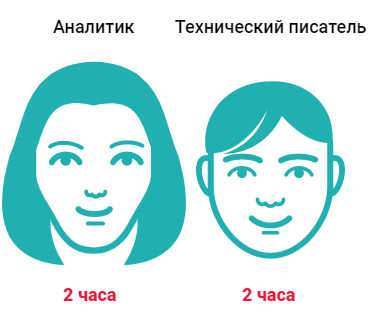
3. Writing a document. Here the main role is played by the technical writer, but we must not forget about the questions that he may have during the writing process. They can be answered by an analyst, developer, project manager, someone who understands the product and knows how to clearly explain. There can be many such questions and it is good if the technical writer promptly receives answers to them. Let’s add 20 hours of work of a technical writer + 1 hour of work of an analyst + 1 hour of work of a developer. The goal of this step is to create the first version of the instruction.
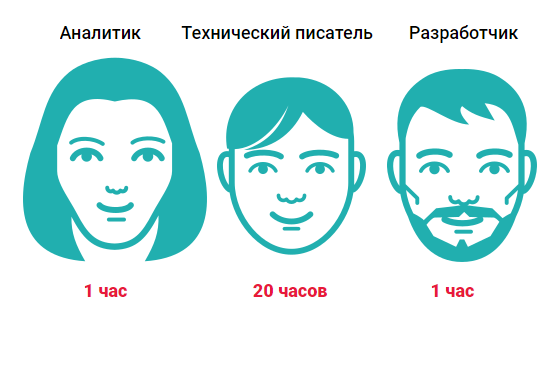
4. Peer review. Most often, the customer reads the document, in our case, the project manager. This also takes time, it depends on the number of pages in the document and the quality of the descriptions. Add 2 hours of the project manager. At this point, he writes comments on the document. The purpose of this step is to verify the document.

five. Editing The technical writer implements, at this stage he can also ask clarifying questions to colleagues. It is very important for the technical writer to correctly understand the comments on the instructions. Add 2 hours of technical writer + 1 hour of analyst work. The goal of this step is to create a second version of the document.
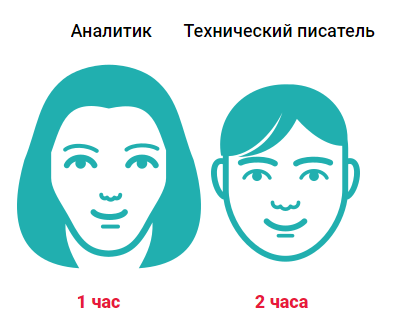
6. Testing. At this stage, an employee of the testing department is connected. He implements all descriptions of procedures and evaluates how correctly they are described. Let’s add here 2 hours of the tester’s work. The purpose of this step is to verify the correctness of the description of the procedures.

7. Reapply edits. The technical writer receives comments from the tester and makes changes to the instructions. Add 1 hour of technical writer. The goal of this step is to create a third version of the document.

8. Layout of the document. A designer can connect here. If the layout is not very complicated, then the technical writer does it himself. Add 4 hours of designer work. The purpose of this step is to make up the document so that it is convenient to use.

nine. Publishing a document. We publish the document on our website on a special page. Add 20 minutes of the site administrator.

Total:
It turns out that in our company 7 people are involved in the documentation process. Everyone has a role in this process and it cannot be said that someone is less or more important. In your company, this process can be structured differently.
After such a detailed analysis, it probably became clear why it was worth considering not only the salary of a technical writer when evaluating the cost of user documentation.
100 thousand rubles or dollars
You see that a technical writer is not alone in creating an instruction. It is not necessary to name any exact numbers. Documentation costs money and errors in it, too. That is why it needs to be written right away so that it solves the user’s tasks, benefits him, and was not something useless and simply “gather dust on a shelf”.
Now, if you enter the words “user manual” in any search engine, then in 5 minutes of viewing the results you will find at least 5 bad documents and one good, and this is very small. It turns out that only every sixth document is effective, but imagine how much time, money wasted and you need to change something here. Let’s do it together, it will be easier to draw everyone’s attention to this problem.
In the next article I will talk about errors in the documentation. I will answer the questions:
- What is the best way to name a document so that the user quickly finds it?
- How to help the user quickly find the desired section in the document?
- How to make up a document so as to form a good opinion of the user about it and the system?
See you soon!

